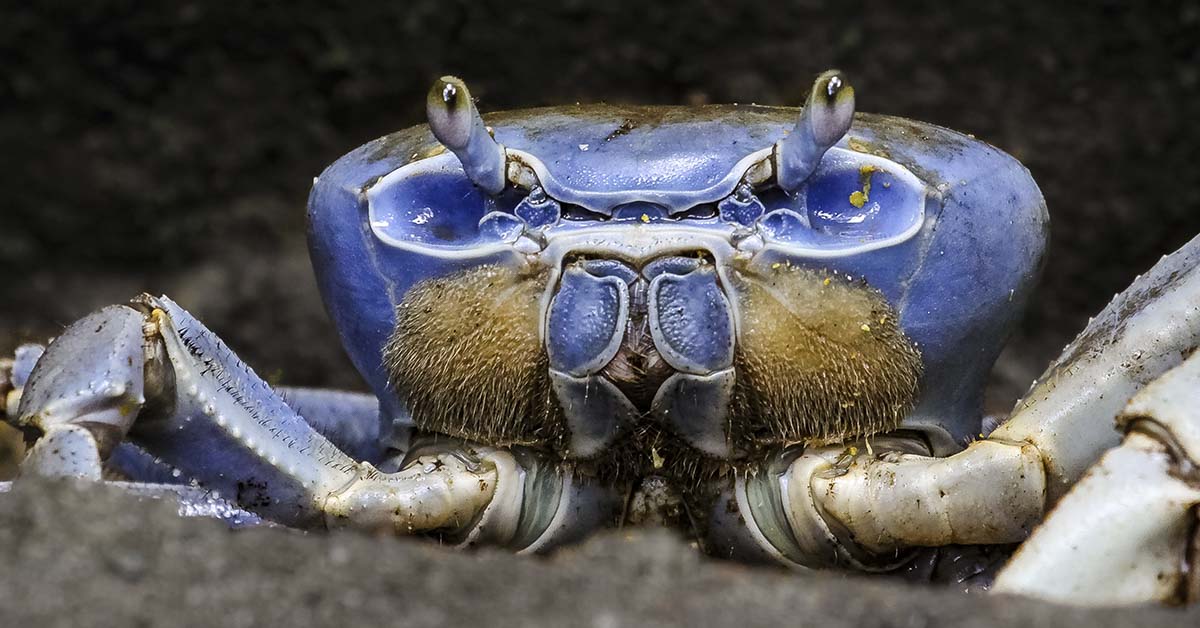There are scientists working hard around the world to make sustainable energy production a viable option globally. One of the things that most sustainable energy technologies need is backup batteries. For example, for solar power when it isn’t sunny, wind power when it isn’t windy, or electric cars to store charged energy so they can travel distances. These scientists have created biodegradable batteries that can perhaps provide a sustainable solution to sustainable energy needs.
The New Biodegradable Batteries
Traditional batteries aren’t exactly a sustainability win. Many of the materials used to make them take hundreds if not thousands of years to degrade. They can be quite a large burden on the environment. This is why there is a need to create biodegradable batteries with sustainable materials that break down quickly and don’t introduce toxic chemicals into the environment. Researchers recently have found an inexpensive solution to this problem in an unexpected place: Crab shells. (1)
Batteries function by using an electrolyte to shuttle ions back and forth between positive and negatively charged terminals on either end. This electrolyte can be in the form of a liquid, a paste, or a gel. Still, many batteries use a flammable or corrosive material for this same function. These new biodegradable batteries’ electrolyte gel is made from a material called chitosan. Chitosan, which comes from chitin, can be derived from many sources in nature. These include the cell walls of fungi, squid pens, and most abundantly, the exoskeletons of crustaceans – otherwise known as crab shells.
“The most abundant source of chitosan is the exoskeletons of crustaceans, including crabs, shrimps and lobsters, which can be easily obtained from seafood waste. You can find it on your table.” said lead author and director of the University of Maryland’s Center for Materials Innovation Liangbing Hu.
Read: The Biggest Reason People aren’t Buying Electric Cars
What This Means For Batteries
Making batteries with the biodegradable electrolyte chitosan means that two-thirds of the battery could be broken down by microbes. The process of those microbes breaking down the chitosan takes just five months, as opposed to hundreds or thousands of years of traditional batteries. The third leftover is the metal part. In the case of this study, that metal is made of zinc. This, the researchers say, is recyclable and can be used again. Again, this is unlike traditional batteries that use lead or lithium which are non-recyclable and also toxic to the environment.
“Zinc is more abundant in earth’s crust than lithium,” Hu explained. “Generally speaking, well-developed zinc batteries are cheaper and safer.”
Hu and his team, however, are not stopping there. While they are pleased that two thirds of the batteries are biodegradable and the final third recyclable, they are not satisfied. They are working towards creating a battery that is 100% biodegradable.
Energy Efficiency
Of course, what good is a biodegradable battery if it doesn’t work as well? The research team discovered that after 1000 battery cycles, the biodegradable zinc and chitosan battery still had an efficiency of 99.7%. This is plenty sufficient for storing energy from wind or solar power and for transferring that energy to solar grids.
The other part of this that makes these biodegradable batteries an opportunity for a sustainable battery solution is their raw materials. As already mentioned, zinc is highly abundant in the Earth’s crust. Chitosan, which was also already mentioned, is found in many sources. The most abundant and accessible of these is crab shells. This is because the food industry generates between six and eight million metric tons of wasted crab, shrimp, and lobster shells a year. Instead of those shells just being thrown away and going to waste, they can find a new use in the production of sustainable, environmentally friendly biodegradable batteries. (2)
Keep Reading: The Radioactive Diamond Battery That Will Run For 28,000 Years
Sources
- “A sustainable battery with a biodegradable electrolyte made from crab shells.” EurekAlert. Cell Press. September 1, 2022.
- “Researchers use crab shells to create new biodegradable batteries with 99.7% efficiency.” Interesting Engineering. Ayesha Gulzar. September 1, 2022.

